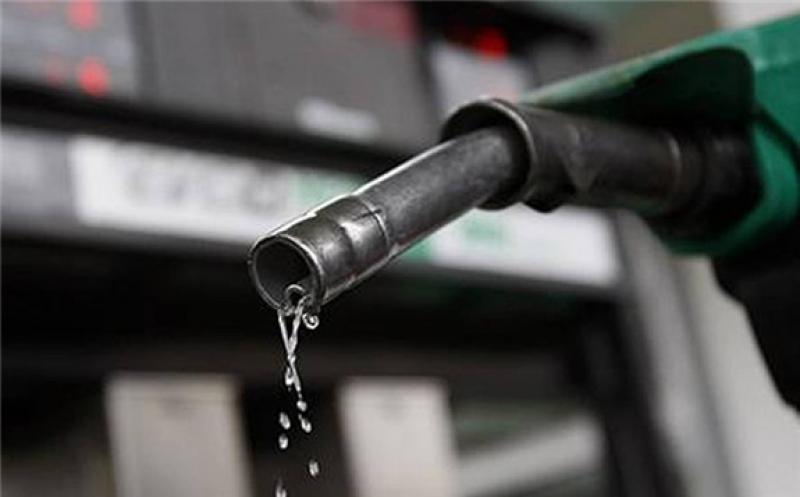Global commodity trading firm Trafigura is maintaining its forecast for oil prices to potentially hit $100/bl late next year, despite the risk of short-term Covid-19 headwinds heading into the northern hemisphere winter, chief economist Saad Rahim said.

Demand has recovered sufficiently from the recent waves of the Delta variant of Covid-19 to put the oil market in a "much healthier place", Rahim said at the virtual Argus Asia-Pacific Crude Forum today. "Not just the price, but the level of backwardation we are seeing is telling us the market is hungry for oil," he said.
Trafigura predicted earlier this year that crude prices are likely to return to $100/bl, something that Rahim said today could happen "probably towards the back end of next year, if conditions are right".
Key indicators such as the level of floating stocks have started to normalise in recent months. US inventories are well below the five-year average — and, once releases from the US Strategic Petroleum Reserve are taken into account, are lower than the five-year range, he said.
The Delta variant poses a risk in the coming winter, particularly in terms of how governments in Europe, Japan and South Korea react to a possible rise in cases. But Delta tends to be "nasty, brutish but short", causing acute pain but not a chronic condition, he said.
Opec dilemmas
The recovering oil market poses a new kind of challenge for discipline in the Opec+ group of producers, Rahim said. "This has always been the conundrum for Opec+ — those who want to produce more, can't, and those who can, don't want to," he said.
The last few Opec+ meetings have been influenced by the potential return of Iranian crude to the market, something that has so far turned out to be "the dog that didn't bark", Rahim said.
Both Iran and the US want to come to an agreement but differ over whether the Joint Comprehensive Plan of Action (JCPOA) nuclear deal needs to be revised. The election of Ebraham Raisi as Iran's new president earlier this year was seen by some as a "Nixon to China" moment, providing the political cover for hardliners to make a deal, but the prospects for an agreement seem to be fading, he said.
Opec is also keenly watching signs of a further recovery in US shale output, which Rahim said is likely to rise by around 1mn b/d into next year, although this would still leave it about 1mn b/d short of its pre-pandemic peak. The WTI futures curve is below $55/bl through 2025, which is not incentivising investment decisions over a longer timeframe, he noted.
Stock sales
In China, the planned release of strategic oil reserves — and similar sales of national metals stocks earlier this year — are attempts to "jawbone" the market whenever Beijing sees prices getting too high. But the price impact of the sales has been temporary and limited, even for metals markets where China makes up a significant share of demand, and is only mitigating rather than solving the problem. "It is a signal to the market that demand is so strong that they are having to do something about it," Rahim said.
Record-high coal prices that have sparked similar moves by the Chinese government are indicative of stretched supply chains and show how a rush to the energy transition — better termed as a commodities transition — is exposing a lack of investment in the intervening period that is creating pinch points in supply, he said.
Renewables and clean energy are currently attracting 50pc more capital expenditure than oil and gas, despite their share of the energy mix being 10 times smaller. "The investment is skewed", and this is showing up in prices, Rahim said. "If you had said to people that coal would be where it is today, they would have laughed at you. But when you need that last tonne, you will pay whatever price you need to keep the lights on."